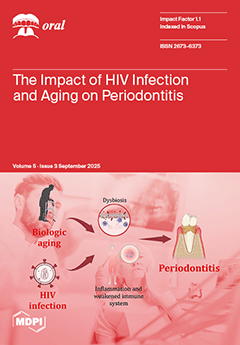Purpose: The aim of this study is to determine the analgesic efficacy of ibuprofen 200, 400, and 600 mg after lower third molar surgery.
Material and Methods: Clinical trials that included patients undergoing third molar surgery comparing ibuprofen with placebo were included. The only exclusion criteria was loss of postoperative patient follow-up greater than 20%. PubMed, Wiley, Science Direct, EBSCOhost, Scopus, and Web of Science databases were used to search for clinical trials. The risk of bias of the included articles was assessed using the Cochrane Collaboration’s seven-point risk of bias tool, and dichotomous data for the most important variables for determining analgesic efficacy and adverse effects were then concentrated into one database for statistical analysis.
Results: The qualitative analysis was performed with 57 clinical trials and a total of
n = 7735 patients. Moreover, the number of patients who took rescue analgesics and the global evaluation of the studied drugs showed statistical differences in favor of ibuprofen 200 (
n = 797 and
n = 694, respectively), 400 (
n = 2803 and
n = 2407, respectively), and 600 mg (
n = 1149 and
n = 291, respectively) compared to placebo. Adverse effects, such as nausea, vomiting, and headache, resulted in statistical differences in favor of ibuprofen 200 (
n = 1461,
n = 1319, and
n =1342, respectively), 400 (
n = 3917,
n = 3124, and
n = 2477, respectively), and 600 mg (
n = 716) in comparison to placebo. The numbers needed to treat indicated high efficacy of ibuprofen in controlling pain after third molar surgery, while the numbers needed to harm were high, indicating the good safety profile of this drug.
Conclusions: Ibuprofen has high analgesic efficacy and a good safety profile when used after third molar surgery.
Full article





